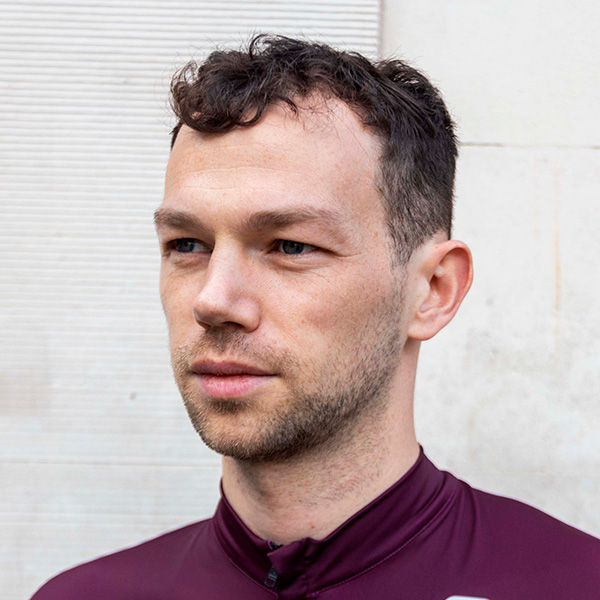One look at the new Specialized Diverge STR can leave you scratching your head. The bike’s showpiece is a new rear-suspension system that sees a flexing frame post connected to a damper in the top tube, via an exposed aluminium ‘tendon’.
The design is called Rear Future Shock and it is said to ‘suspend’ the rider. It reduces vibrations at the saddle while retaining the bike’s rigid ‘double-diamond’ frame and consequently the acceleration and handling one can expect from many of the best gravel bikes.
Chris D’Aluisio, one of Specialized’s concept engineers, and the man behind the brand’s Smartweld technology, first started work on the idea over five years ago, handmaking prototypes at home.
D’Aluisio’s prototypes reveal how Future Shock Rear came into existence and provide a rare insight into the work, breakthroughs and dead ends behind a bike’s design – something you’ll rarely see.
Origins and the first prototype
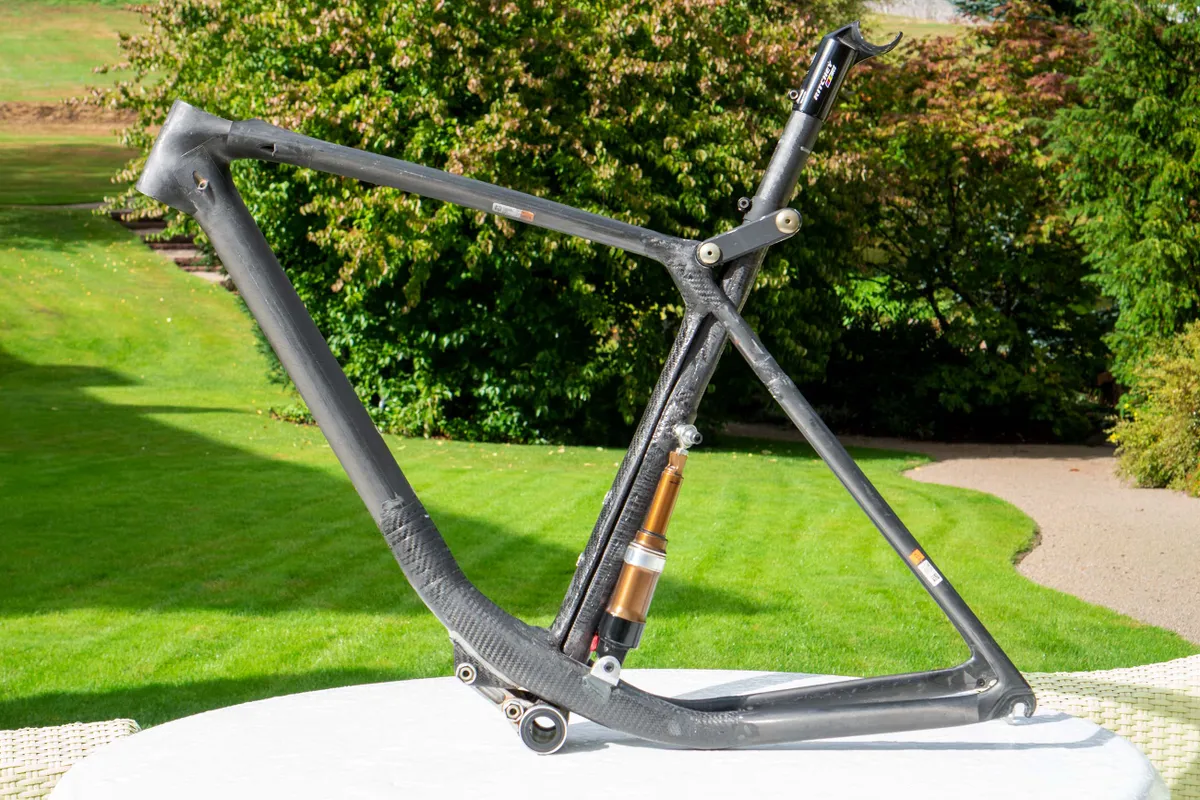
Chris D’Aluisio first had the idea to ‘suspend the rider’ above a bike’s frame in 2014. Riding down Eureka Canyon near his home in California, D’Aluisio realised his body provided the suspension he needed; he could hold himself over the bike and the bumps below him were no longer an issue.
This realisation led to the development of Specialized’s Future Shock, which debuted in 2016 on the Bike of the Year-winning Specialized Roubaix.
The design isolates the cockpit, protecting riders from bumps at the front end of the bike.
The technology soon made its way onto the first-generation Diverge in 2017, with Specialized relying on a compliant seatpost and dropped seatpost clamp to absorb bumps at the back.
This design worked for small bumps, but Specialized says it needed more deflection for rougher terrain in order to keep riders in the saddle and gain more traction and power as a result.
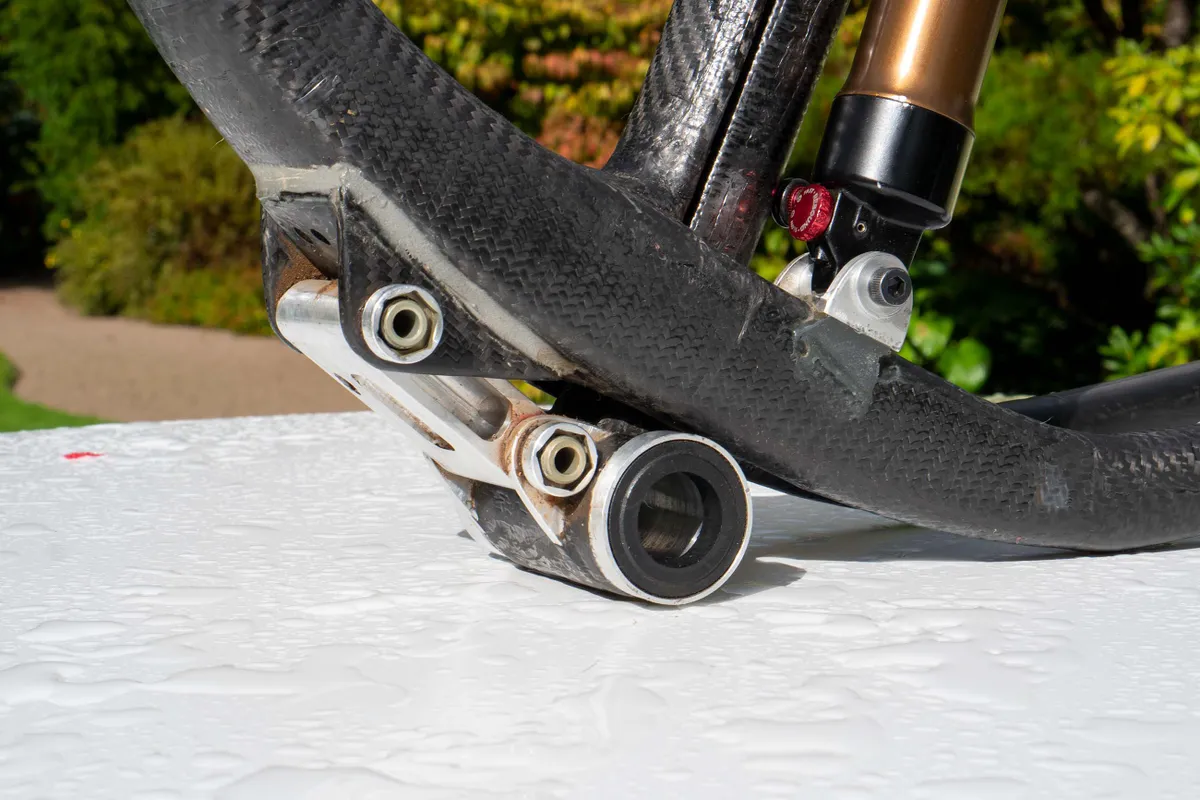
D’Aluisio says the way to get around this issue was to come up with a design that would see the rider's weight shift in a downward fore-and-aft curve, rather than up-and-down, as happens with typical telescopic suspension components.
This is the thinking behind the first Diverge STR prototype. In order to achieve a down-and-back movement, the bike has a seatpost attached to the bottom bracket. A linkage then sits at the top of the frame, with damping controlled by a standard air shock.
The bottom bracket is attached to a separate linkage on the underside of the down tube.
“We wanted the bottom bracket to move down and forward to get a bit of chain growth so that, when you’re out of the saddle and push on the pedals, the chain suspends you – [this prevents ] the suspension from compressing,” says D’Aluisio.
D’Aluisio says the prototype worked well, but having the bottom bracket in its own linkage meant the bike didn’t have the pedalling efficiency of a rigid frame he desired.
A cleaner solution

D’Aluisio advanced the concept of the first prototype, introducing a rotating bottom bracket shell and hiding the air shock in the frame’s down tube.
D’Aluisio, who has worked for Specialized for over 20 years and was at Cannondale before that, says this prototype, made at home, is his favourite bike he’s ever designed because “it did everything I wanted it to” and that it was “so effective”.
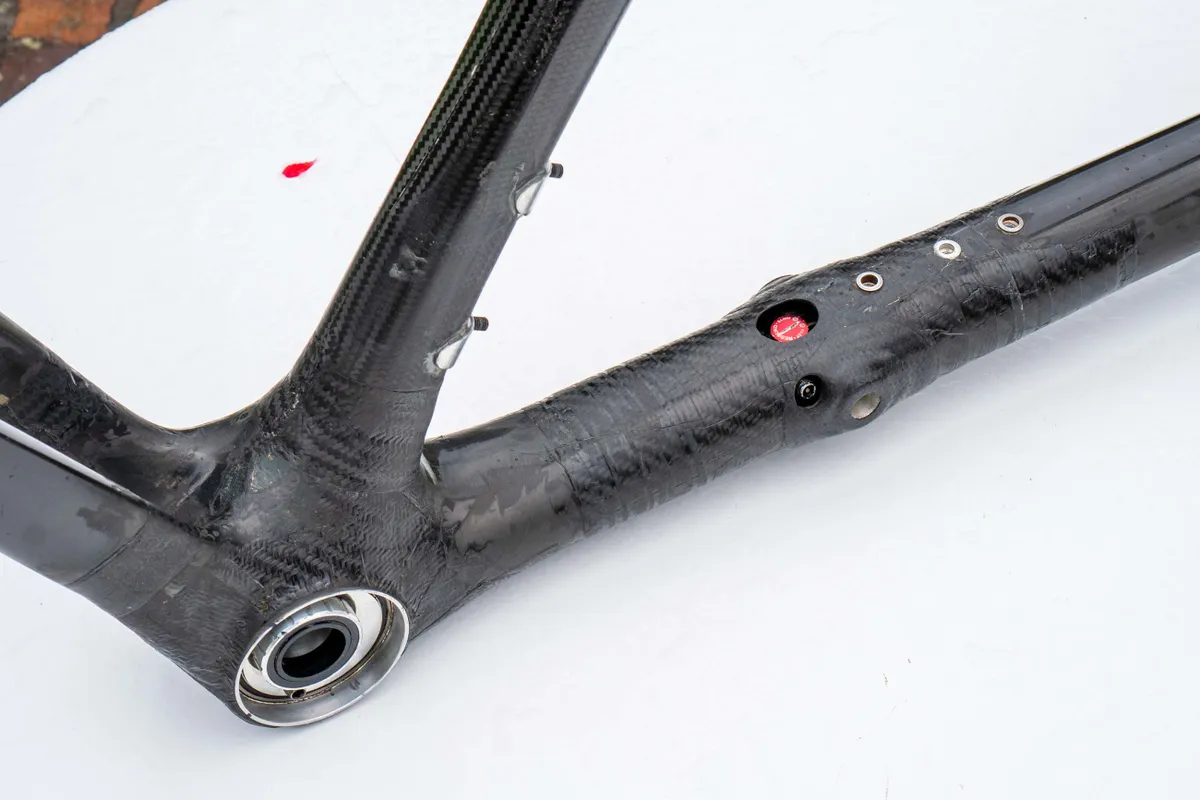
Others at Specialized appreciated the cleanness of this prototype. The brand decided to try the design in larger sizes than D’Aluisio’s 52cm frame, but this revealed limitations.
“The 56cm [frame] feedback was good. But with the 58, the feedback wasn’t so good and there were some questions about what was going on. Those riders didn’t feel like they had the benefit out of the saddle,” says D’Aluisio.
Larger riders liked the design when they were seated, but not out of the saddle. D’Aluisio says on the larger frames, Specialized had the air shock “pumped up so much to try and satisfy the rider's needs in the saddle that the bottom bracket was out of phase”.
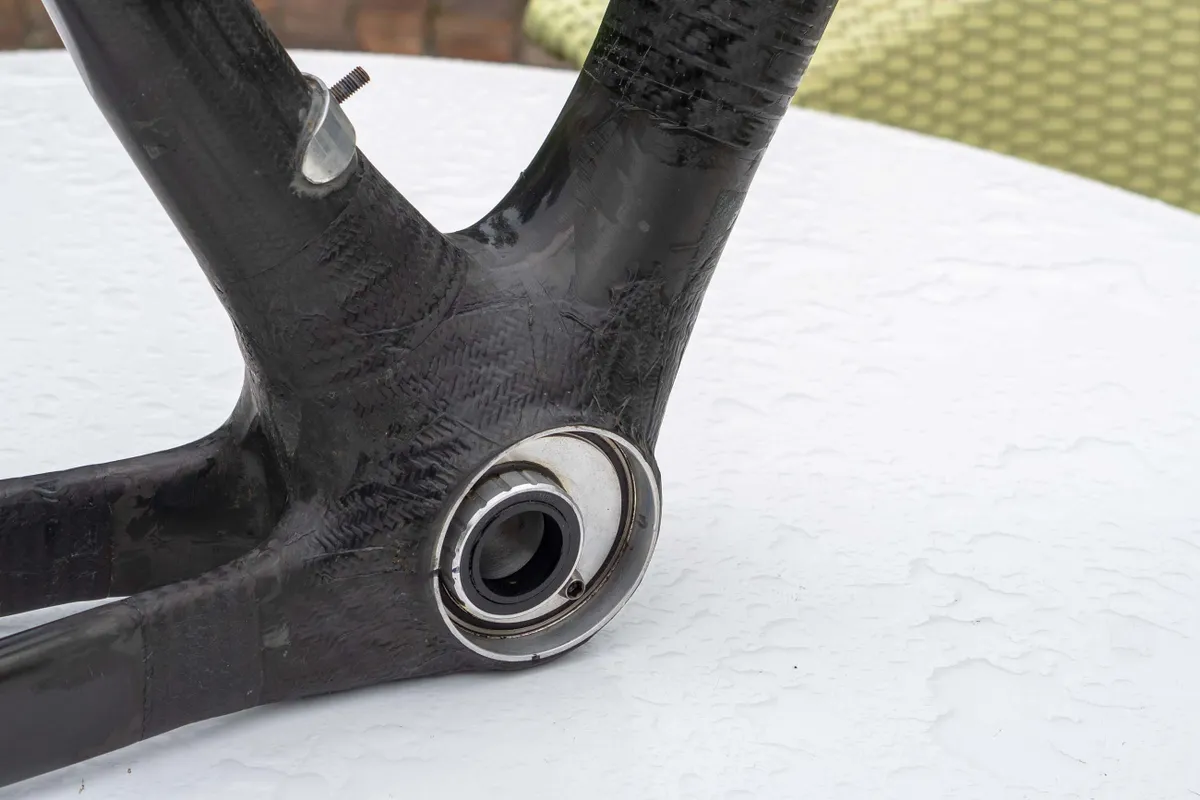
This led to a build-up of stiction – the friction that can prevent static surfaces from being set in motion – and meant the bottom bracket wasn’t moving for larger riders.
D’Aluisio says this led him to push ahead with the seat tube idea and leave the rotating bottom bracket, however good he found the performance on the 52cm frame.
He also says this design with the air shock was too complex and Specialized could never make it on an industrial scale.
Squint and it looks the same
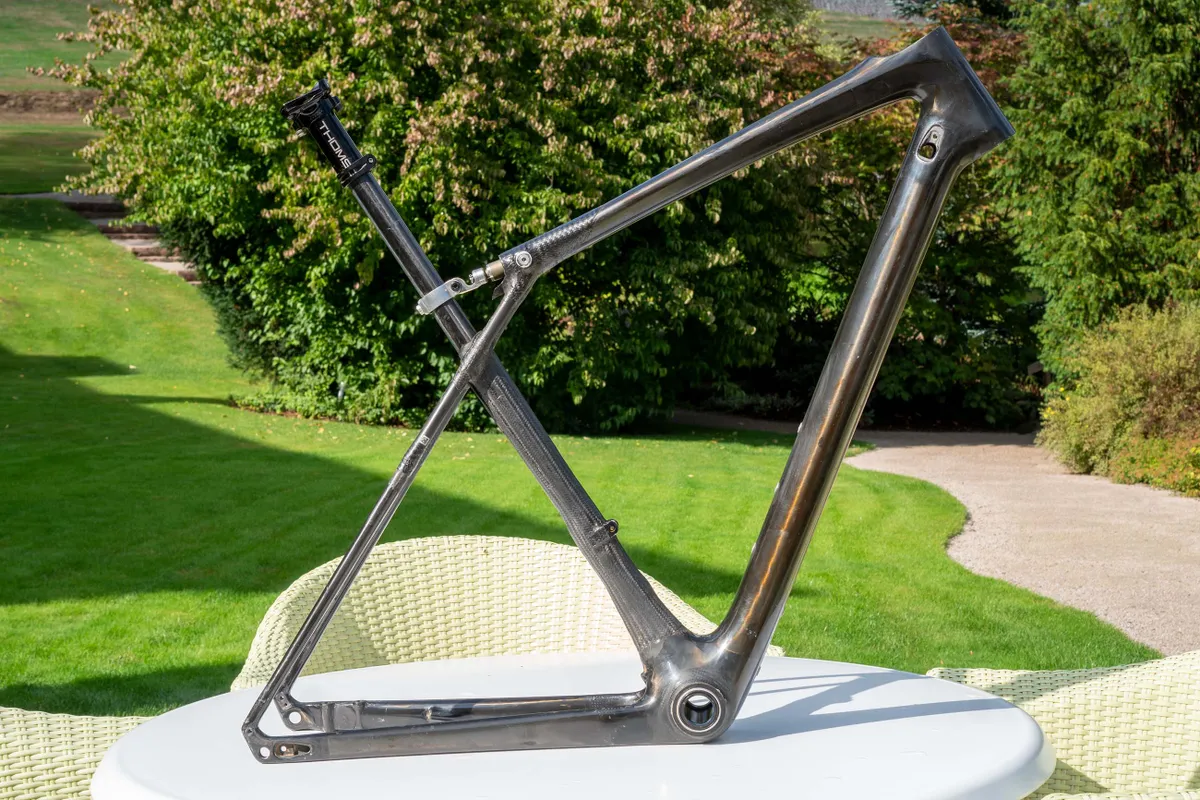
Abandoning the moving bottom bracket and trying to simplify the design led D’Aluisio to develop this third prototype, which looks remarkably like the final Diverge STR design.
“If you squint, it looks the same,” says D’Aluisio.

The prototype has a flexing seatmast with a Thomson seat tube attached to a damper in the top tube and a boot preventing debris and water from getting into the system.
The design also introduced adjustability, which the old Diverge’s flexing seatpost didn't have.
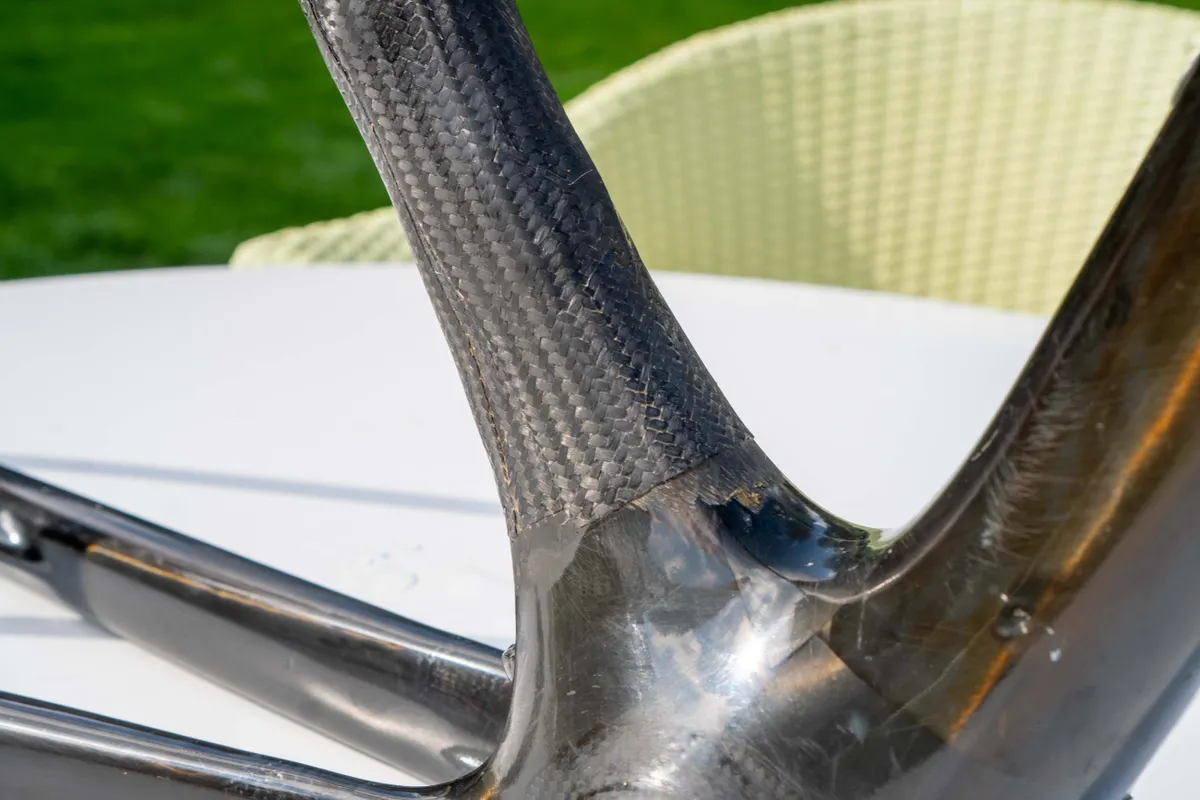
D’Aluisio says later versions of this prototype had tendons, like those seen on the final Future Shock Rear.
The flex in the tendon means the damper can be fixed in the top tube, rather than needing a pivot, and ultimately minimises complexity, play and stiction.
The final design, sort of
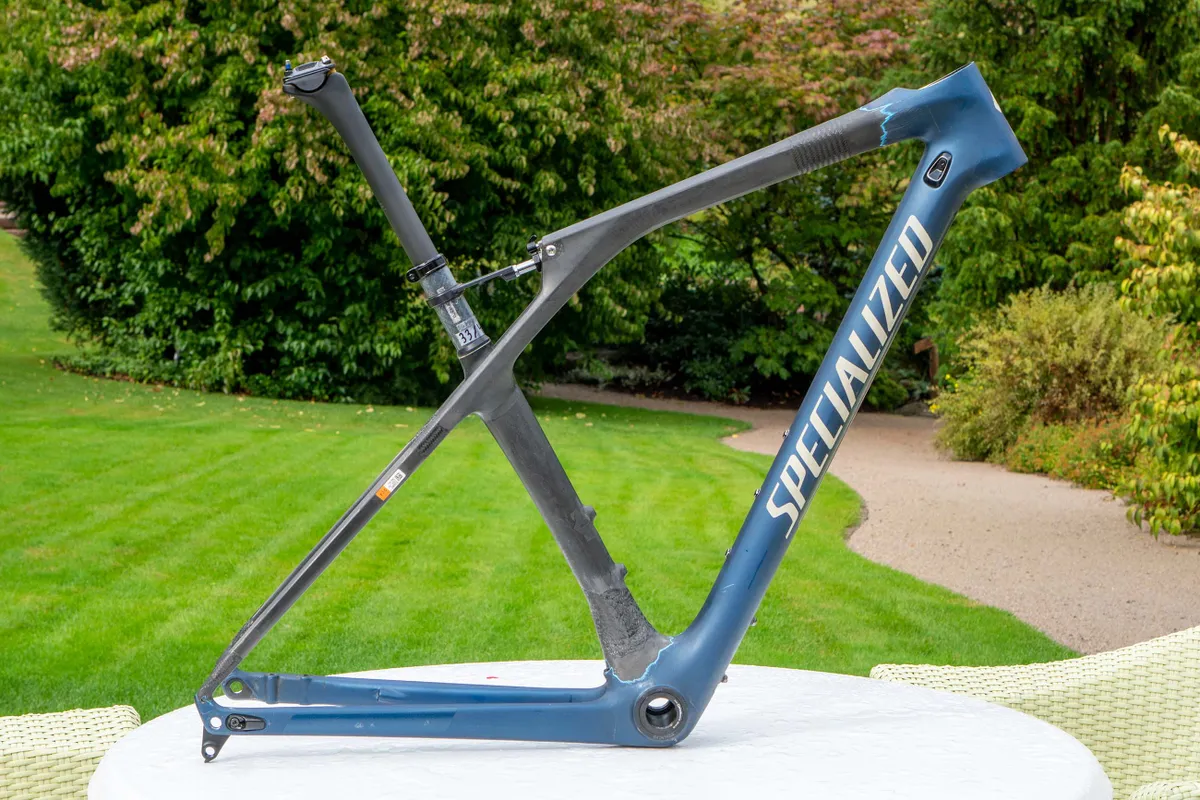
The next step for D’Aluisio and Specialized was to build a test model. Specialized moved the pivot-free design into Diverge frames from 52cm to 61cm.
The version pictured here is a 2017 Diverge, from back when the bike hadn’t even been updated the second time around, revealing how long this process has been in the works. It has the final damper but not the final tendon.

At this point, the project was a co-development, with the frames being tooled at Morgan Hill, Specialized’s headquarters in California, and its factories developing the carbon layups for the bike.
Luc Callahan, Specialized’s road and engineering lead, also began testing and developed 352 frame post samples across three years. This is “the longest period of committed development for any single road or gravel technology,” according to the brand.
Fast forward to now

Fast forward to now and Specialized says the Future Shock Rear will deliver up to 30mm of travel in the down-and-back curve, which was essential from the beginning.
Callahan’s testing has led to nine different frame posts, suited to the different frame sizes and rider weights.
The final version of the Specialized Diverge STR is visually similar to D’Aluisio’s fourth prototype with its exposed tendon.
The Future Shock Rear’s appearance will likely divide opinions, but it may be worth getting used to.
Asked whether we can expect to see Future Shock Rear on other bikes, Stewart Thompson, Specialized’s road and gravel lead, said “it's an innovation we really believe in. If we can find other applications and opportunities, I think we would go for it.”
The design falls into the gravel suspension category, for now, but we may see it on the cobbles of Paris–Roubaix in the future.
